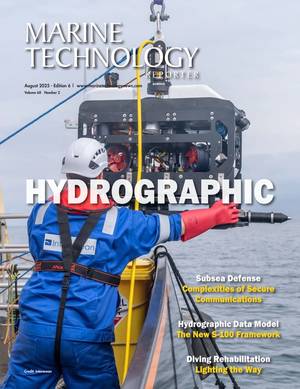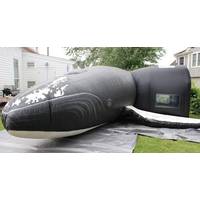
NOAA: Life-Size Interactive Inflatable Whale Coming to Boston Harbor Islands
This coming Saturday, July 19th from 10am-5pm, NOAA’s Stellwagen Bank National Marine Sanctuary and the Boston Harbor Islands National and State Park are partnering to bring a life-size inflatable humpback whale, Salt, to Spectacle Island.The life-size whale replica will be open for interactive tours throughout the day, which includes inflatable organs, and educational tours from Stellwagen Bank experts about whale anatomy, biology, and local research.Ferry service to Spectacle Island runs daily and can be found on the Boston Harbor Islands website: https://www.bostonharborislands.org/ferryschedul
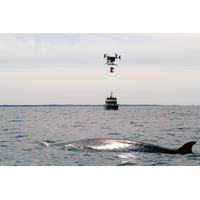
VIDEO: BOEM, NOAA Use Drones to Tag Endangered Whales
The Bureau of Ocean Energy Management (BOEM) and the National Oceanic and Atmospheric Administration’s (NOAA) Stellwagen Bank National Marine Sanctuary on Wednesday announced the successful digital acoustic tagging of 14 sei whales in waters offshore Massachusetts. This is the first time researchers have successfully tagged an endangered species in the United States using an uncrewed aerial vehicle (UAV), or drone. The data will help authorities to better inform offshore wind energy area selection.BOEM said that the collected data would shed important light on the whales’ acoustic behavior
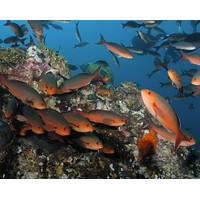
NCCOS Awards $1.7M to Support Habitat Connectivity Research in National Marine Sanctuaries
Sanctuary and surrounding areas. Understanding how fish populations use these habitats and how the MPA benefits areas outside its boundaries will help managers develop MPAs that are effective and benefit present and future generations.NOAA Fisheries Northeast Fisheries Science Center, Stellwagen Bank National Marine Sanctuary, Massachusetts Division of Marine Fisheries, and Integrated Statistics received $163,000 to evaluate how highly migratory and protected species (including cetaceans, fishes, pinnipeds, seabirds, and turtles) are using a network of state and Federal MPAs in the Gulf of Maine, and

Boaters Enlisted to Help Track Whales
Yachters and sailors are invited to help scientists track the movements of endangered humpback whales between NOAA’s Stellwagen Bank National Marine Sanctuary and its sister sanctuaries across the Caribbean as part of Carib Tails, a new international citizen science effort. Carib Tails is a collaboration between the sanctuary and partners at Marine Mammal Sanctuary of the Dominican Republic, Agoa Marine Mammal Sanctuary/French Antilles, Bermuda Marine Mammal Sanctuary, the marine mammal sanctuaries of the Windward and Leeward Dutch Antilles, and the United Nations Caribbean Environment
NOAA Seeks Advisory Council Applicants
NOAA’s Stellwagen Bank National Marine Sanctuary is seeking applicants for four seats on its advisory council. The council ensures public participation in sanctuary management and provides advice to the sanctuary superintendent. “Each of the members brings a unique perspective to the council based on their experience in the New England area,” said Craig MacDonald, sanctuary superintendent. “Since its establishment, the council has played a vital role in advising the sanctuary and NOAA on critical issues. We are very pleased that council members offer their considerable
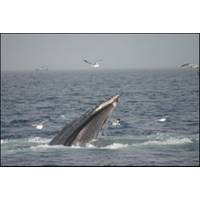
Humpback Whales Feed in Different Ways Finds NOAA
New NOAA-led research on tagged humpback whales in Stellwagen Bank National Marine Sanctuary reveals a variety of previously unknown feeding techniques along the seafloor. Rather than a single bottom feeding behavior, the whales show three distinct feeding approaches: simple side-rolls, side-roll inversions, and repetitive scooping. A recently published paper, in the journal Marine Mammal Science, indicates that bottom side-roll techniques are common in Stellwagen Bank National Marine Sanctuary and the Great South Channel study area, a deep-water passage between Nantucket, Mass. and Georges Bank-furthe


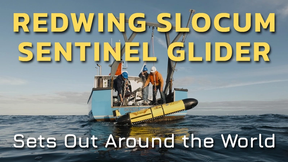
 August 2025
August 2025
